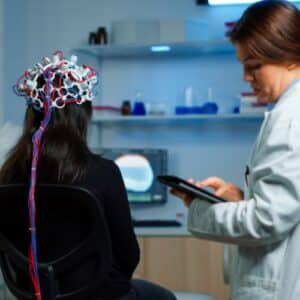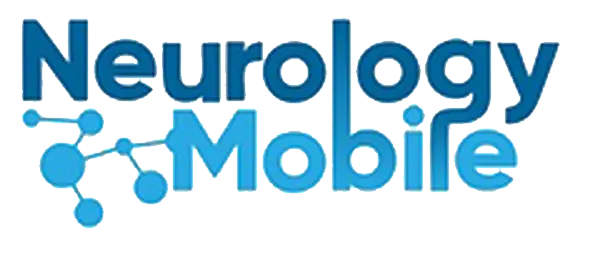4 min read
The Benefits of EEG Electroencephalogram in Medical Diagnosis
EEG Electroencephalogram is a valuable tool in the field of neurology. Discover its benefits and how it works in this informative article.
EEG, or Electroencephalogram, is a non-invasive test that measures the electrical activity of the brain. It is a valuable tool in the field of neurology, helping doctors diagnose and monitor conditions such as epilepsy, sleep disorders, and brain injuries. In this article, we will explore the benefits of EEG and how it works.

1. What is EEG Electroencephalogram?1. What are cranial nerves and how many are there?
2. How does EEG Electroencephalogram work?
3. What are the benefits of EEG Electroencephalogram in medical diagnosis?
4. What conditions can EEG Electroencephalogram diagnose?
5. How is EEG Electroencephalogram performed and interpreted?
1. What is EEG Electroencephalogram?
EEG, or Electroencephalogram, is a test that measures the electrical activity of the brain. It is a non-invasive procedure that involves placing electrodes on the scalp to detect and record the electrical signals produced by the brain. These signals are then analyzed by a neurologist to diagnose and monitor conditions such as epilepsy, sleep disorders, and brain injuries. EEG is a valuable tool in the field of neurology and has many benefits for patients and doctors alike.
2. How does EEG Electroencephalogram work?
EEG Electroencephalogram works by measuring the electrical activity of the brain through electrodes placed on the scalp. These electrodes detect and record the electrical signals produced by the brain, which are then amplified and displayed on a computer screen. The neurologist can then analyze these signals to diagnose and monitor conditions such as epilepsy, sleep disorders, and brain injuries. EEG is a non-invasive procedure that is safe and painless for patients, making it a valuable tool in the field of neurology.
3. What are the benefits of EEG Electroencephalogram in medical diagnosis?
EEG Electroencephalogram is a valuable tool in the field of neurology as it can help diagnose and monitor various conditions such as epilepsy, sleep disorders, and brain injuries. It is a non-invasive procedure that is safe and painless for patients, making it an ideal diagnostic tool. EEG can also help in the evaluation of brain function during surgery and in the diagnosis of brain death. Additionally, EEG can be used to monitor the effects of medication on the brain and to study brain activity in research settings. Overall, EEG is a valuable tool that can provide important information for medical diagnosis and treatment.

4. What conditions can EEG Electroencephalogram diagnose?
EEG Electroencephalogram can diagnose and monitor various conditions related to brain function, including epilepsy, sleep disorders, brain injuries, and brain tumors. It can also be used to evaluate brain function during surgery and in the diagnosis of brain death. Additionally, EEG can help monitor the effects of medication on the brain and study brain activity in research settings. EEG is a non-invasive and safe procedure that provides valuable information for medical diagnosis and treatment.
5. How is EEG Electroencephalogram performed and interpreted?
EEG Electroencephalogram is performed by placing electrodes on the scalp to measure electrical activity in the brain. The patient is asked to relax and may be given tasks to perform during the procedure. The results are recorded and interpreted by a neurologist or other trained medical professional. Abnormalities in the EEG can indicate various conditions, such as seizures or sleep disorders, and can help guide treatment decisions. EEG is a valuable tool in the field of neurology and can provide important information for medical diagnosis and treatment.
